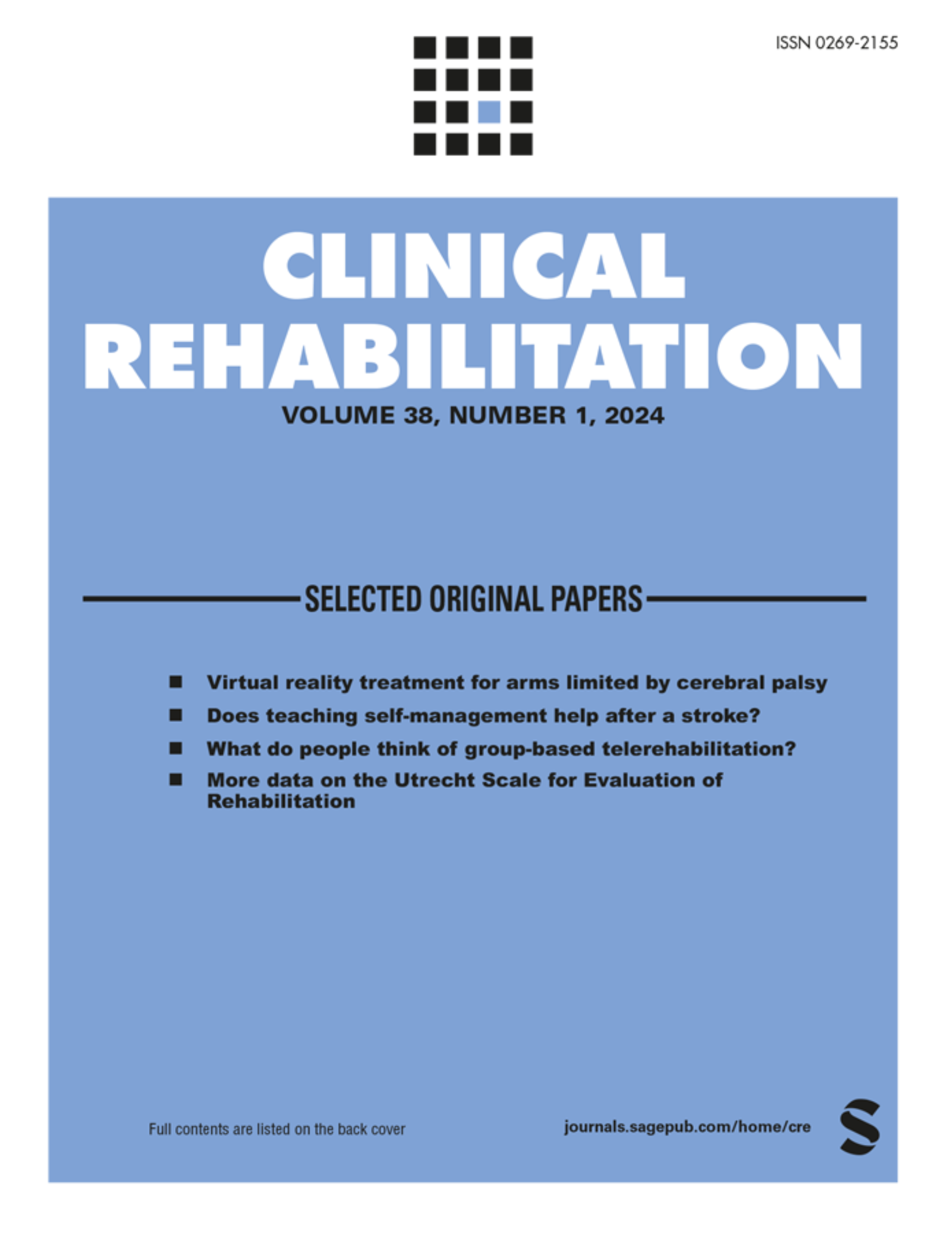
Comparison of physical, geriatric & standard rehabilitation in treatment of hip fracture

Comparison of physical, geriatric & standard rehabilitation in treatment of hip fracture
Geriatric and physically oriented rehabilitation improves the ability of independent living and physical rehabilitation reduces mortality: a randomised comparison of 538 patients
Clin Rehabil. 2015 Sep;29(9):892-906Did you know you're eligible to earn 0.5 CME credits for reading this report? Click Here
Synopsis
538 independently-living patients with non-pathological fractures were randomly assigned to receive either physical, geriatric or standard rehabilitation as post-operative therapy. The purpose of this study was to investigate the effect of each rehabilitation strategy on functional outcomes by comparing the proportion of patients returning to independent living and mortality rates. The results ind...
To view the full content, login to your account,
or start your 30-day FREE Trial today.
FREE TRIAL
LOGIN
Forgot Password?
Explore some of our unlocked ACE Reports below!

Learn about our AI Driven
High Impact Search Feature
Our AI driven High Impact metric calculates the impact an article will have by considering both the publishing journal and the content of the article itself. Built using the latest advances in natural language processing, OE High Impact predicts an article’s future number of citations better than impact factor alone.
Continue



 LOGIN
LOGIN

Join the Conversation
Please Login or Join to leave comments.